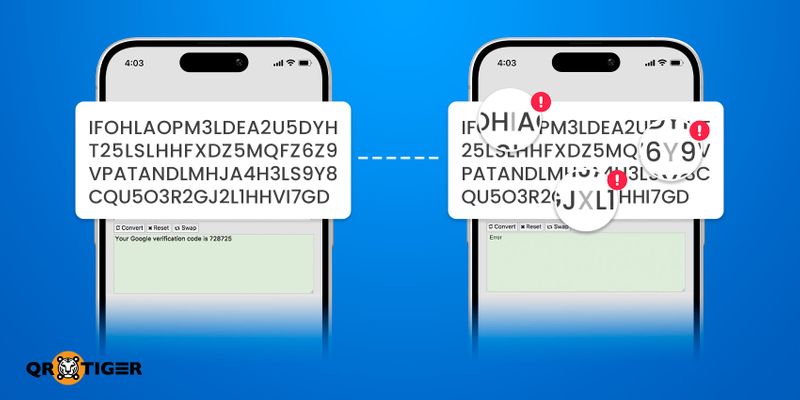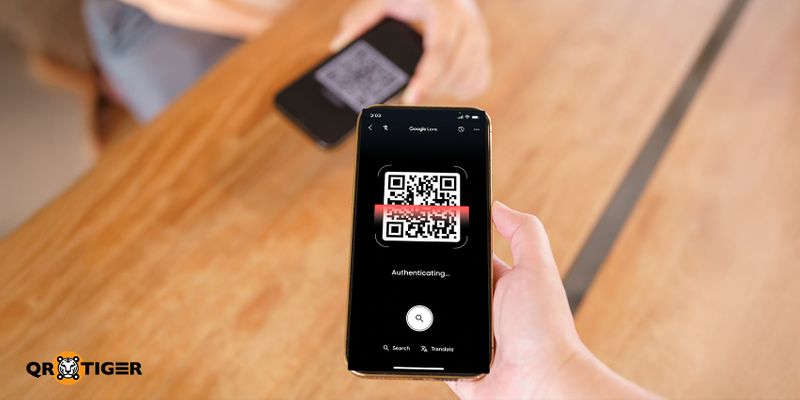Google Rolls Out QR Code Verification for Secure Text Messages

In a bid to strengthen messaging security, Google tests QR code verification for text messages, offering users a simpler and safer way to confirm their conversations.
Google is rolling out a beta version of QR code verification in its Messages app for Android users to replace the cumbersome 80-digit codes and make encrypted messaging faster, simpler, and more secure.
Google first revealed plans for QR code-based verification in October 2024, with availability expected for Android 9 and newer devices later this year.
The new system lets users view and scan a QR code created through the app’s QR code generator to instantly verify their conversation partner’s identity, reducing the risk of fraud or impersonation while maintaining end-to-end encryption.
The move is part of a larger effort to phase out SMS-based authentication, which is increasingly vulnerable to interception.
Using a QR code-based key verification provides an extra layer of security and streamline digital communications.
Table of Contents
Strengthening security: The need to replace 80-digit codes

As Google launches a trial of QR code verification for text messages, the company also focuses on addressing the challenges of traditional verification methods.
The 80-digit numeric codes were long strings used to manually confirm encrypted conversations, requiring users to carefully compare each digit to ensure their connection was secure.
While effective in theory, these codes were inefficient, prone to human error, and often slowed down verification, making secure messaging less accessible for everyday users.
By introducing QR code authentication for text messages, Google replaces the tedious verification process with a simple scan.
This approach reduces mistakes, speeds up confirmation, and maintains strong end-to-end encryption for a safer, more user-friendly messaging experience.
Google tests QR code verification text messages as alternative to 80-digit codes
Instead of receiving a lengthy Google verification code to compare manually, users can now scan a QR image of the person they are communicating with in the Messages app.
The change reduces friction and makes it more difficult for attackers to intercept or spoof verification.
Both users can instantly confirm encryption status by scanning the code, ensuring conversations remain private without the hassle of cross-checking strings of digits.
"When implemented correctly, as part of a comprehensive, passwordless MFA platform, QR codes offer a significant security advantage over SMS codes and passwords."
- Bojan Simic, CEO, HYPR
In practice, the update replaces the familiar text message with Google verification code with a more seamless, visual confirmation process.
“By shifting to QR-based verification, Google simplifies the user experience while significantly raising the bar for messaging security,” said a mobile security researcher familiar with the feature.
The shift reflects Google’s push to make secure communication standard. By pairing end-to-end encryption with simple QR verification, the company is redefining what safe messaging looks like on Android.
A step toward phasing out SMS-based authentication

Google’s QR code-based verification initiative highlights a broader industry shift away from SMS-based authentication, which has long been a weak link in digital security.
Text message codes, once a default layer of security, have become increasingly unreliable due to SIM swapping, phishing, and network interception.
Replacing the familiar Google text message verification code with QR scanning signals a move toward stronger, app-driven methods that are harder for attackers to exploit.
Beyond convenience, it positions the Messages app as part of a wider effort to modernize how users confirm digital identities.
Rather than a small feature tweak, this step reflects a growing consensus in cybersecurity: SMS is no longer enough.
QR codes could soon become the norm at Google, with the company also set to replace SMS-based two-factor authentication on Gmail with QR verification.
QR verification could set a precedent for other platforms, accelerating the transition toward more secure, user-friendly authentication standards. If widely adopted, it could establish QR verification as a standard practice for safeguarding digital communication.
Looking ahead: The future of secure messaging on Android
As Google tests QR code verification text messages, the initiative underscores a turning point in digital security, replacing aging SMS codes with a method designed to be faster, harder to compromise, and more intuitive for everyday users.
For Android users, the change promises faster, more intuitive confirmation of encrypted conversations while minimizing the chance of fraud or impersonation.
By pairing end-to-end encryption with QR-based verification, Google is raising the bar for secure messaging and signaling the gradual phase-out of SMS authentication across its ecosystem.
If successful, the shift could reshape industry practices, with QR codes credited as the tool that helped make secure, user-friendly verification the new standard for digital communication.
QR codes may ultimately prove to be the bridge between stronger security and everyday usability.


